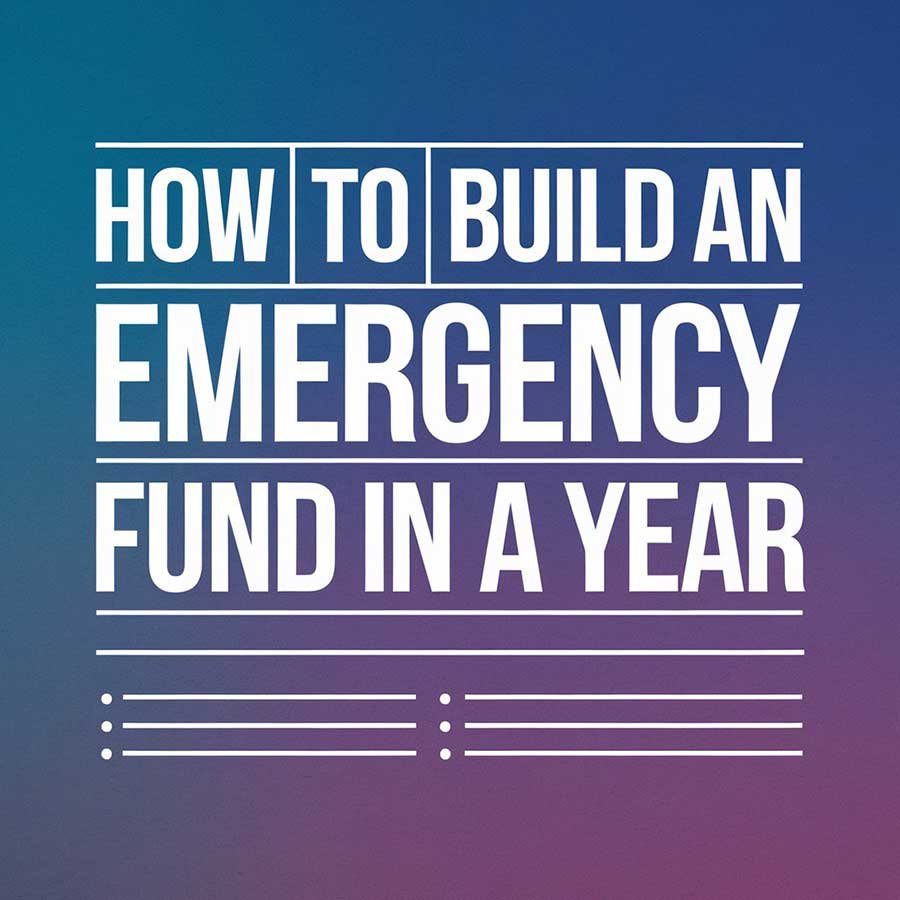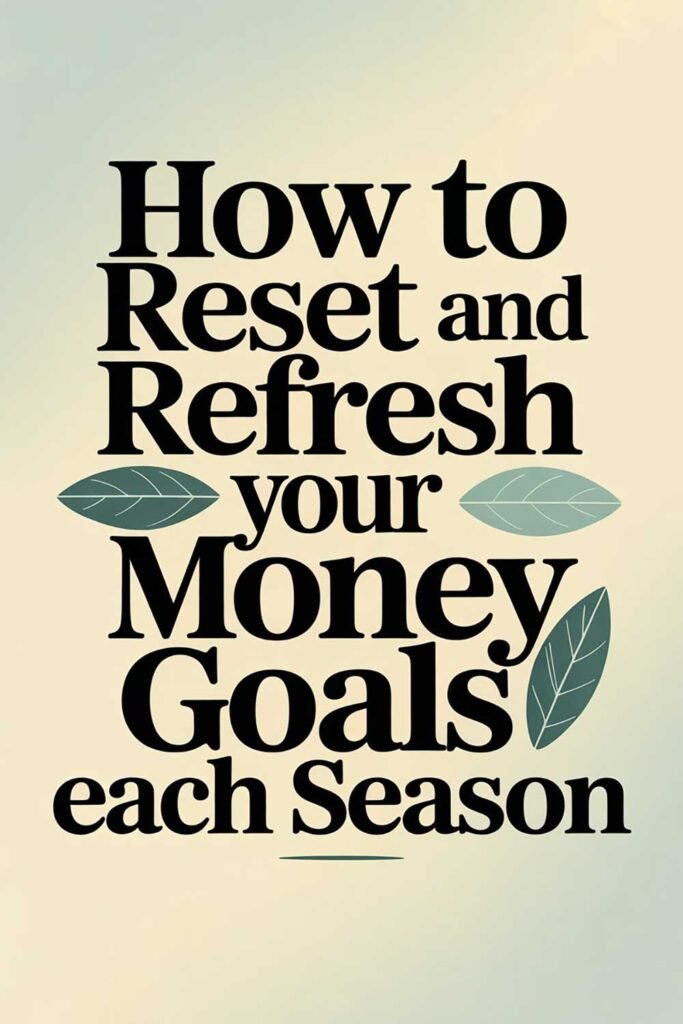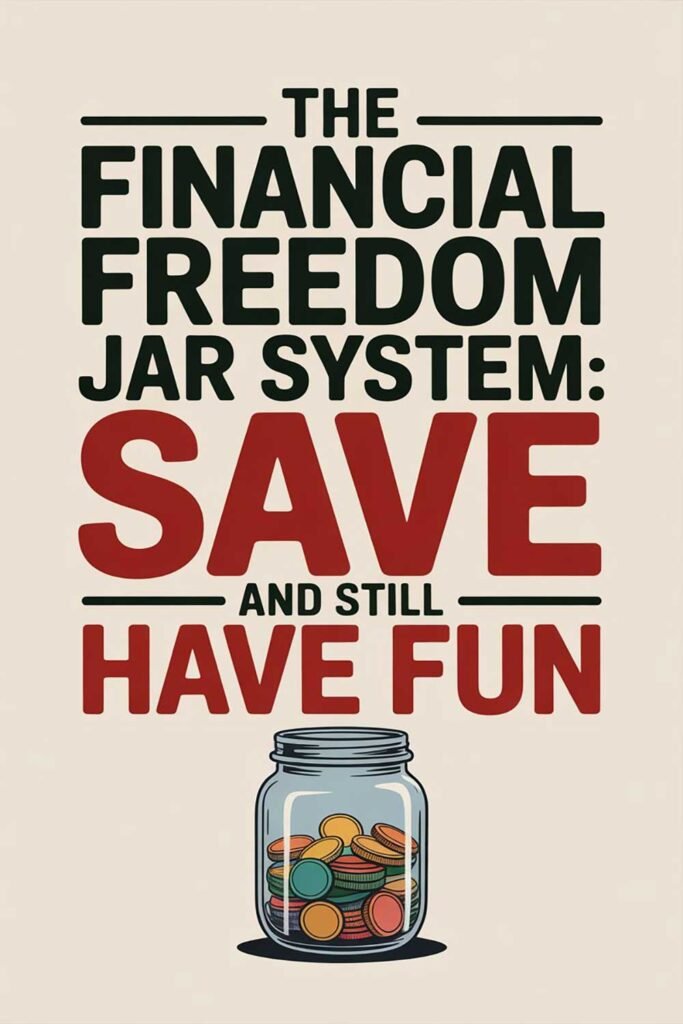
How to Build an Emergency Fund in a Year
An emergency fund is a financial safety net that provides peace of mind and protects you from unexpected expenses like medical bills, car repairs, or job loss. Without an emergency fund, unexpected costs can lead to stress and debt.
The good news? You can build a fully-funded emergency fund in just one year by following the right strategies. Here’s how to make it happen.
Step 1: Set a Realistic Savings Goal
Before you start saving, determine how much you need in your emergency fund.
How Much Should You Save?
- Starter Goal: $1,000 (for small unexpected expenses)
- Ideal Goal: 3-6 months of living expenses (for major financial emergencies)
- Custom Goal: Adjust based on your job stability, income, and personal circumstances.
Action Step:
Calculate your essential monthly expenses (rent/mortgage, utilities, groceries, insurance, transportation) and multiply by 3 to 6 months to set your savings target.
Step 2: Break It Down Into Monthly Goals
Saving a large amount can feel overwhelming. Break it into smaller monthly savings targets.
Monthly Savings Plan:
- $1,000 Goal: Save $84 per month
- $3,000 Goal: Save $250 per month
- $6,000 Goal: Save $500 per month
If this feels too challenging, start smaller and increase savings gradually.
Action Step:
Set up a monthly savings goal based on your total emergency fund target.
Step 3: Open a Dedicated Savings Account
Keeping your emergency fund separate from your daily spending money helps you avoid unnecessary withdrawals.
Best Places to Store Your Emergency Fund:
- High-Yield Savings Account – Earns interest while keeping your money accessible.
- Money Market Account – Offers slightly higher interest rates with easy access.
- Separate Bank Account – Helps prevent impulsive spending.
Action Step:
Open a dedicated savings account and automate transfers into it.
Step 4: Automate Your Savings
The easiest way to save consistently is to automate deposits so you don’t have to think about it.
How to Automate Savings:
- Direct Deposit – Have a portion of your paycheck go directly into your emergency fund.
- Bank Transfers – Set up recurring automatic transfers every payday.
- Round-Up Savings Apps – Apps like Acorns or Chime round up purchases and save the difference.
Action Step:
Schedule automatic transfers to your emergency fund starting this week.
Step 5: Cut Expenses and Find Extra Money
Finding extra money to save can accelerate your progress. Small spending adjustments add up quickly.
Ways to Reduce Expenses:
- Cancel Unused Subscriptions – Review your streaming services and memberships.
- Cook at Home More – Reduce takeout and dining expenses.
- Use Coupons and Cashback Apps – Take advantage of discounts and rewards.
- Limit Impulse Purchases – Stick to a shopping list to avoid unnecessary spending.
Ways to Increase Income:
- Freelance or Side Gig – Earn extra cash through skills or hobbies.
- Sell Unused Items – Declutter and sell things you don’t need.
- Ask for a Raise – Negotiate a salary increase at work.
- Participate in Surveys or Market Research – Earn small amounts in your spare time.
Action Step:
Identify one expense to cut and one way to earn extra money to boost your savings.
Step 6: Use Windfalls and Unexpected Money Wisely
Unexpected money—such as tax refunds, bonuses, or gifts—can significantly boost your emergency fund.
Smart Ways to Use Extra Cash:
- Put 50-100% Toward Your Fund – Avoid spending windfalls on unnecessary purchases.
- Split Windfalls Between Saving and Enjoyment – Allocate part of it for fun while prioritizing savings.
- Apply Work Bonuses – Use bonuses to fast-track your emergency savings goal.
Action Step:
Next time you receive a bonus or unexpected income, deposit at least 50% into your emergency fund.
Step 7: Stay Consistent and Adjust As Needed
Consistency is key. Stick to your savings plan, but adjust if necessary.
Tips for Staying on Track:
- Review Your Budget Monthly – Ensure you’re on pace to meet your goal.
- Increase Contributions When Possible – If you get a raise or pay off debt, boost savings.
- Celebrate Small Milestones – Acknowledge progress to stay motivated.
- Keep Your Fund for Emergencies Only – Avoid dipping into it for non-essential spending.
Action Step:
Schedule a monthly check-in to review your emergency fund progress and adjust if needed.
The Power of an Emergency Fund
An emergency fund provides financial security and peace of mind. By following this one-year plan, you’ll build a strong financial cushion and be prepared for whatever life throws your way.
Start today, stay consistent, and watch your savings grow!
Picture This
Imagine facing an unexpected car repair or medical bill without stress because you have a fully-funded emergency fund. No credit card debt, no financial panic—just peace of mind. That’s the power of being financially prepared.
Please Share This Article
If you found this guide helpful, share it with someone who needs to build their emergency fund!






